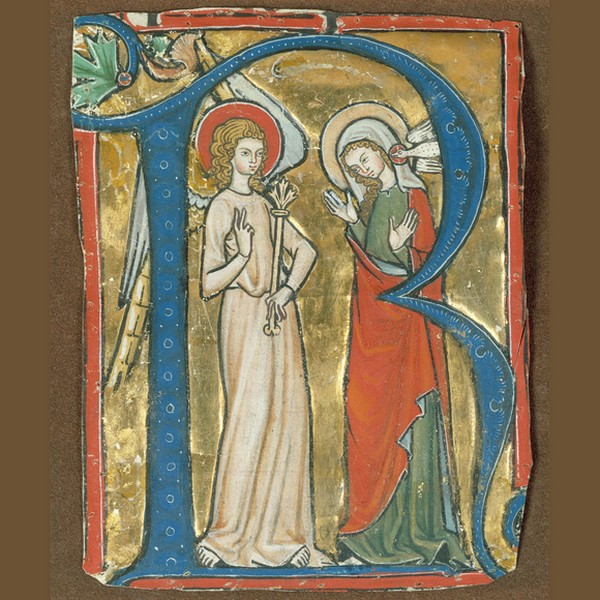
To dedicate the letter R from our Liederabend's alphabet to Romanticism seemed a clear choice, Lied is probably THE Romantic musical genre; I can't think of any other more involved with this period, except, maybe, the impromptus, momentos and other brief piano pieces. So I jotted down "R for Romanticism" in my notebook, without wasting a minute thinking about the contents. And two years later, as the date of this post gets closer and one tries to gather her thoughts (an exercise almost as reassuring as having the post written), and realizes that so many things need to be explained that the task becomes overwhelming. Until I thought: what if...? There is a folder on my computer desk (that's to say, my to-dos) with my holiday pictures from last October; Those Holidays were an immersion in Romanticism so... yes, maybe it was time to write a different post.
It all began last year, in May, when I wrote a post about the Rheinromantik, that Rhine’s stretch that became a character and a symbol of Romanticism, and I realized that it was a perfect itinerary for my summer holiday. Not everybody at home is keen on Lied, but castles were also highly appealing; in fact, people usually go there to visit castles, not to chase poets and composers. So, when on September 20 I sent you a musical postcard "from one of the places more Lied-inspiring ever", this place was the Rhine.
The Museum am Strom in Bingen has an area dedicated to Romanticism which helps to understand what this route meant during the early years of the 19th century; not just poets used to fall in love with the Rhine. The paintings of the small collection, often small-scale watercolor, show that we have not changed so much; As we now shoot time and again, the Mäuseturm and the Ehrenfels Castle, back then, there were painted repeatedly. There also was a showcase with souvenirs of that Romantic period. I loved that leather notebook with illustrations, designed so that any gentleman could take it in his inside jacket pocket. Why those kind of souvenirs can’t be found anymore? The decline of the tourist route arrived with modernity, with the construction in the 1840s of the railroad that go along both banks of the river. In that museum, by the way, I found the first Romantic musical reference of the trip, Felix Mendelssohn, who stayed there a couple of times; Another one was Brahms, who spent some time in Rüdesheim.
At the beginning It wasn't easy to "erase" those two hundred years that separated us from Romanticism. For example, it was difficult to acknowledge the river’s most dangerous face, it looked really calmed and navigable (and, of course, two hundred years ago the river wasn't marked with buoys); from above, the Lorelei rock only seemed threatening to me because I suffer from vertigo. But two things helped me: one day, late in the morning, the fog was still pretty thick, and the water smoked; it shouldn't have been easy, to see anything from the river! The other thing was this photograph of the frozen Rhine; Doesn't it recall The sea of ice, the work of the painter of Romanticism, Caspar David Friedrich?
There were moments when I felt part of Romanticism (it sounds a bit sloppy, I know); the climbing to the rock through the forest, dense and steep, without finding anyone (traveling at the end of the season has some advantages) made it easy to imagine that, at any time, a mysterious and threatening character could appear. Or during a stroll through a solitary place in Bacharach, at twilight, when, before the electric lights were switched on, I saw the ruins of the Werner chapel (happily enough, not rebuilt).
Bacharach claims the figures of Victor Hugo, Clemens Brentano and Heinrich Heine; the three of them wrote there or about the place; Although we find composers here and there, the Rheinromantik is a poet thing.
At Caste Rheinfels, in Sankt Goar (where I took the picture of the frozen river), I found, unexpectedly, a lot of well-known poets. It seems that those summers in 1842 and 1843, they gathered around Ferdinand Freiligrath who lived there. Do you see the two photos below? Now imagine me in front of them, reading aloud the names of "my" poets: Freiligrath, Kinkel, Simrock, Andersen, Geibel, Fallersleben, Kerner, Stieglitz. Imagine also the faces of the few (German) visitors who were there.
When these things happen, I always think that, as a Barcelona resident, I've already seen the weirdest tourist behaviors... Fortunately, nobody saw me when I realized that I was in Heinrich Schlusnus Street and I took a picture of the plaque with his name. It turns out that the great baritone was born in Braubach.
Before finishing the trip, on our way to Cologne, we wanted to make a Wagnerite stop in Königsberg and yes, we pay homage to Wagner, Sigfrid and the dragon, but we also found these stained glasses with poets and some of their poems: Heine, Uhland and Schiller. At the bottom, you can read two well-known Heine's poems (and Schumann's songs): Im wunderschönen Monat Mai and Du bist wie eine Blume.
Every trip has room for some little disappointment, and this time it was Cologne, for different reasons which are not relevant right now. Looking on the bright side, this little disappointment led us to Düsseldorf, an unforeseen stop, where I would have stayed for a longer time; we met there Goethe (if I'm not wrong, our first encounter), Mendelssohn, Schumann and the dearest, ubiquitous Heine. Someday I will go back and I will spend more time on him.
Visiting Cologne Cathedral (by the way, I'm quite sure there was a great reason to place the railway station just a few meters further away) wasn't a small ordeal and it wasn't a deserted place at all, but I have plenty of imagination, enough to see Heine alone, standing in front of a painting comparing his beloved to the Virgin Mary. Would it be this one? It seemed painted on leather (of course, I didn't touch it) and no doubt it's gilded; some cherubs (no flowers) float about our Lady... Whether or not this was the painting, I heard in my head Schumann's Lied, as impressive as the cathedral itself: in the Rhine, that river of wonder...
Im Rhein, im schönen Strome,
Da spiegelt sich in den Well’n
Mit seinem großen Dome
Das große, heil’ge Köln.
Im Dom da steht ein Bildnis,
Auf goldnem Leder gemalt;
In meines Lebens Wildnis
Hat’s freundlich hineingestrahlt.
Es schweben Blumen und Eng’lein
Um unsre liebe Frau;
Die Augen, die Lippen, die Wänglein,
Die gleichen der Liebsten genau.
In the Rhine, that stream of wonder,
The great, the holy Cologne
Is mirrored, and there under
The waves the Cathedral is shown.
The Cathedral has within it
A portrait done in gold;
And, in my wild life's sin, it
Has taken a wondrous hold.
Mid flowers and angels she stands there
Our Lady we bow before . . .
But the eyes and the lips and the hands there
Are those of the one I adore!
(translation by Louis Untermeyer)

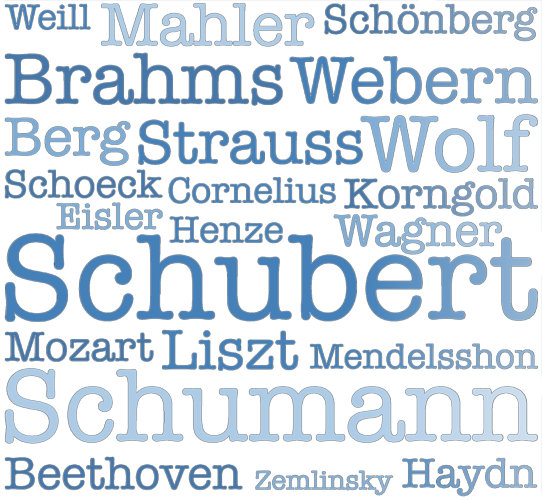
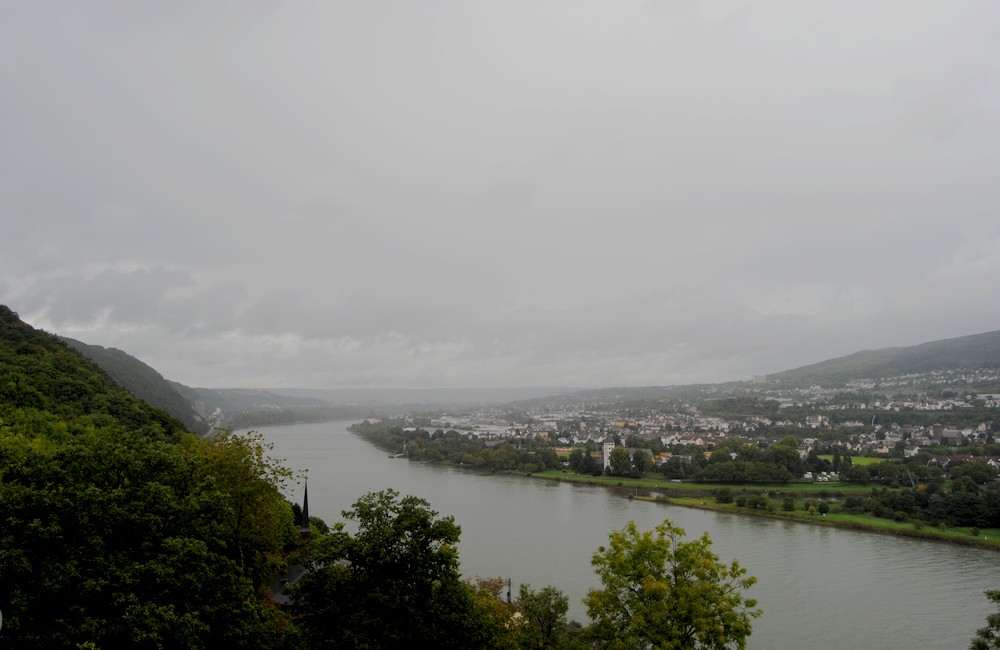
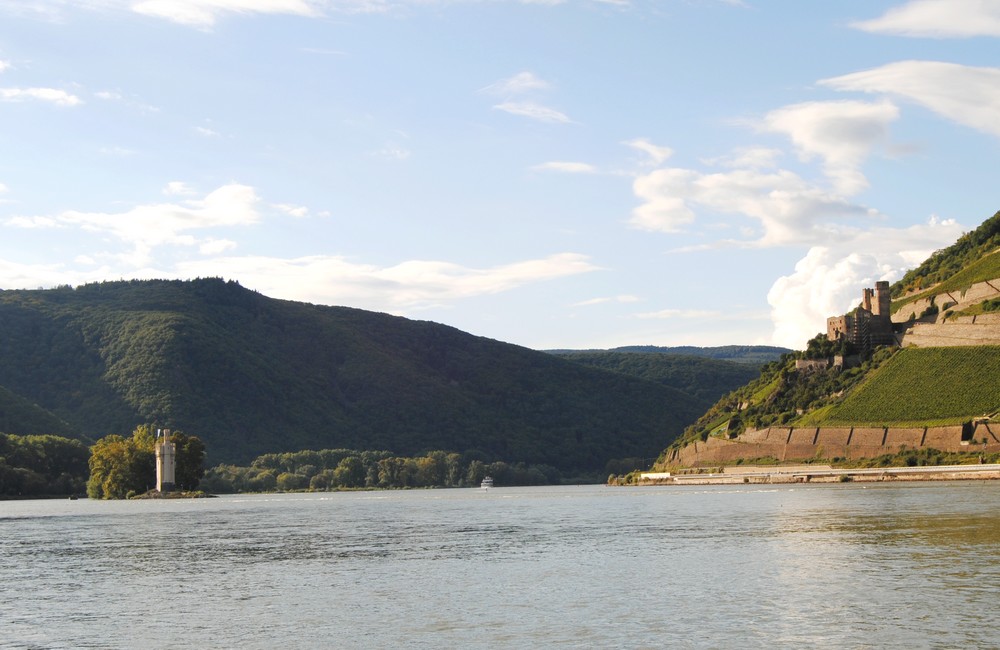
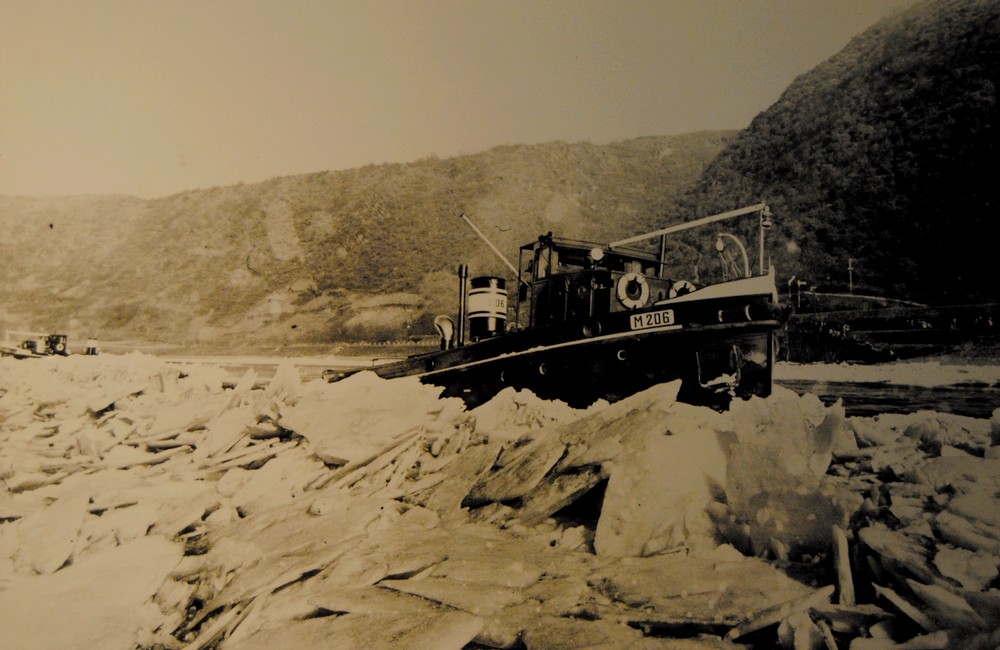

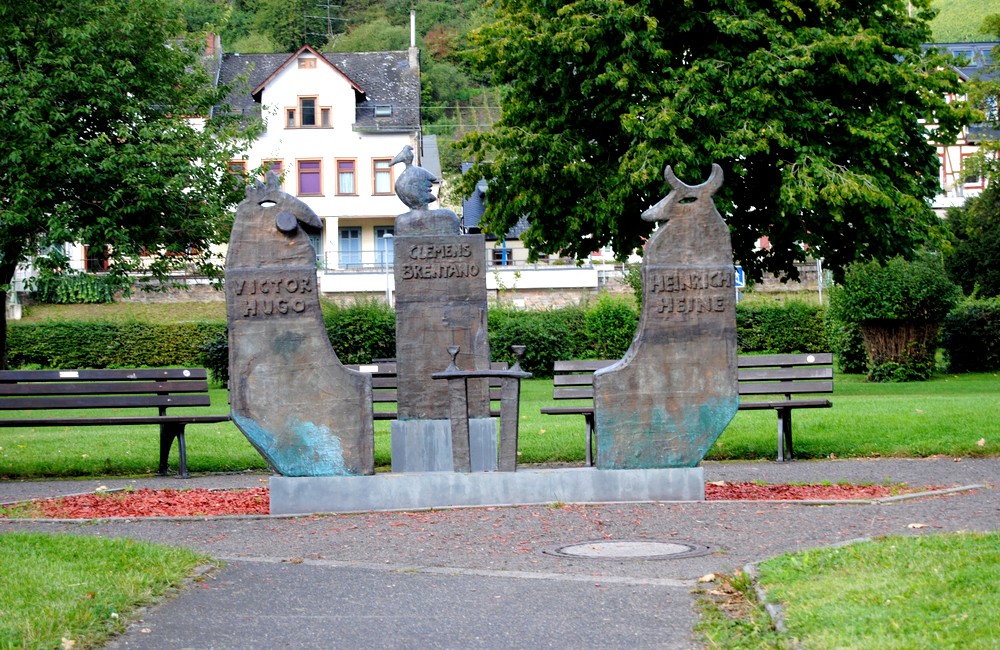


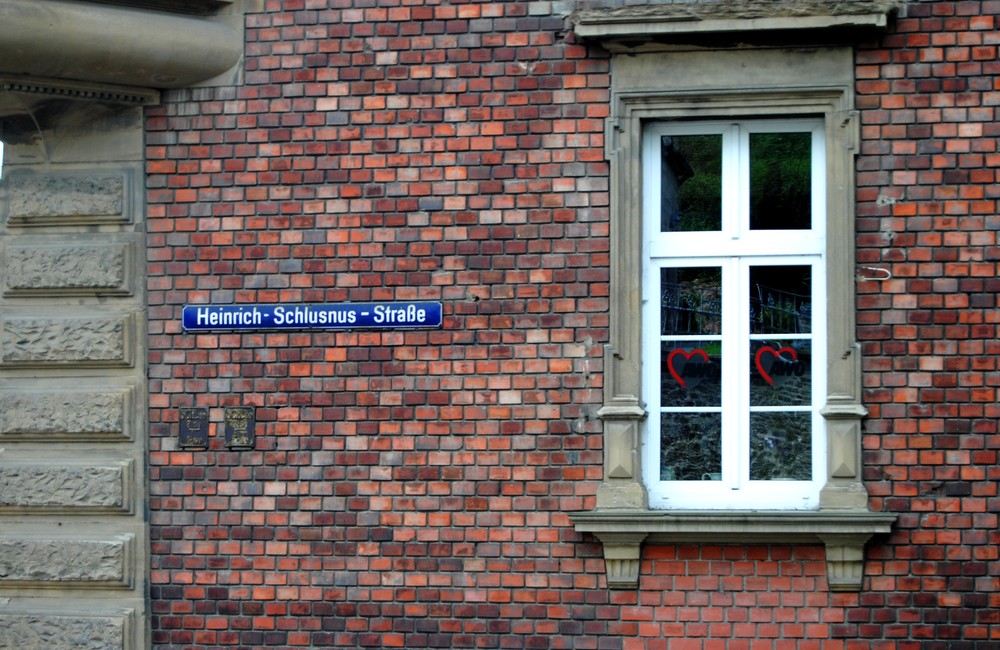

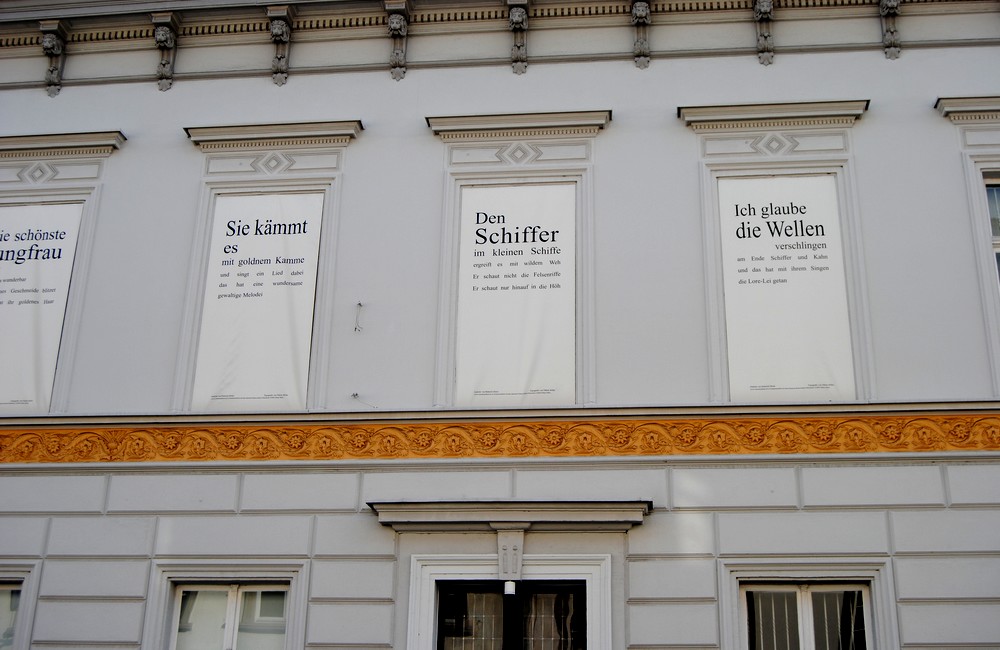
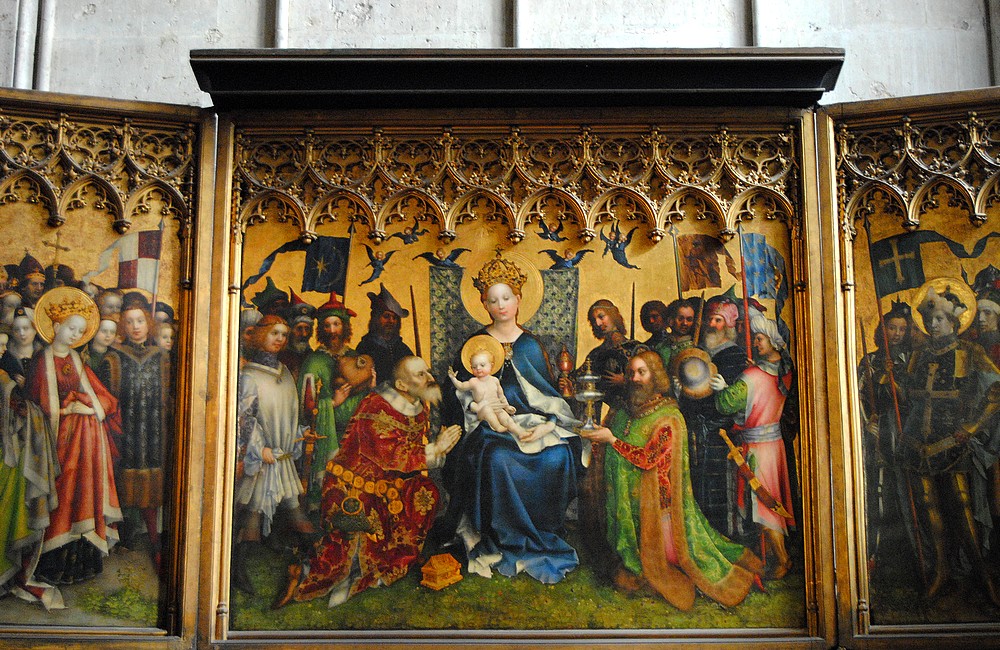
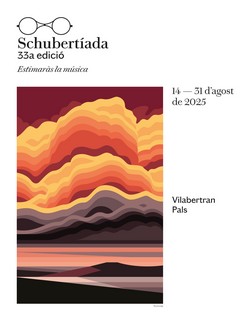
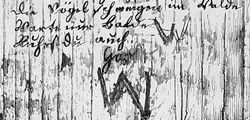
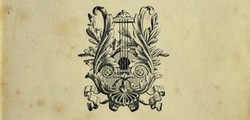
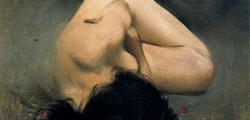
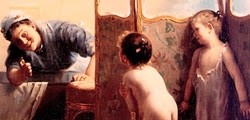
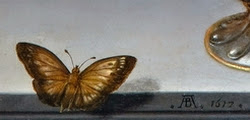
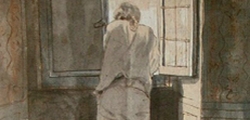
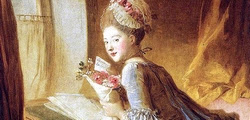
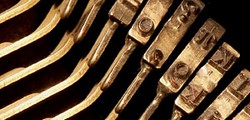



Comments powered by CComment